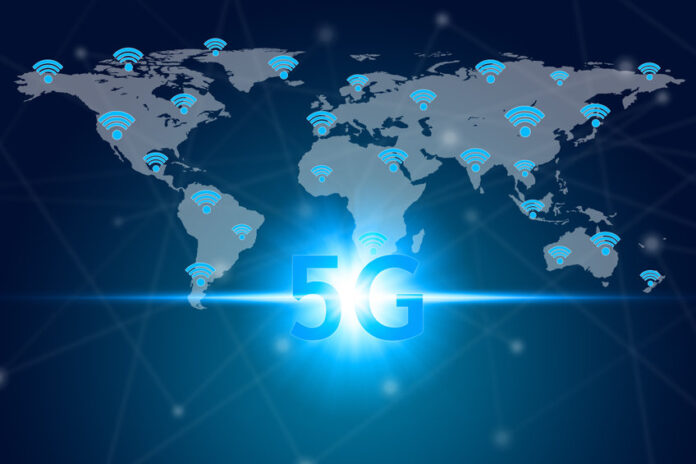The Ericsson study noted that emerging markets could benefit from GDP growth between 0.3 and 0.46% through 2035
The deployment of 5G technology could trigger a number of economic benefits for certain emerging markets, according to a new Ericsson-commissioned study by Analysys Mason.
The study noted that emerging markets could benefit from GDP growth between 0.3 and 0.46% through 2035, with an estimated three-to-seven-fold cost-to-benefit ratio.
The countries observed in the study included Brazil, Chile, Columbia, Egypt, India, Indonesia, Malaysia, Mexico, Morocco, Nigeria, Pakistan, South Africa, Thailand and Turkey.
Called the Future Value of Mobile in Emerging Markets, the report examines the impact of multiple 5G spectrum deployment options to facilitate enhanced mobile broadband and fixed wireless access (FWA) across consumer, industry, logistics, rural and public services clusters, and spanning several business case options, including verticals.
The vendor noted that the methodology included using national government statistics and reports, Ericsson network insights and innovative mapping techniques – based on population density distribution and existing national infrastructure such as road and rail networks, and agriculture – to create a cost-to-benefit model across the different deployment options.
Deployment options are based on the starting assumption of having 5G baseline rollout added to existing mobile radio network sites. Additional options explore the extra benefits of adding low-band 5G spectrum coverage beyond the baseline or mid-band 5G spectrum coverage – delivering smaller geographical coverage per site, but with higher capacity and speed, suitable for manufacturing, automation, industry and advanced services.
Expanded mid-band 5G coverage is identified as the key success factor – with the potential to deliver about 80% of the economic benefits, according to the Ericsson study.
Agriculture was identified as a key sector in all 15 countries, accounting for up to 10% of GDP in certain markets, with enhanced rural 5G connectivity potentially delivering a further 1.8% growth in GDP.
According to the study, baseline 5G deployment cost is estimated between $3-8 billion per country. However, an additional 20-35% investment is required to extend coverage. Ericsson noted that extending coverage beyond the baseline can generate significant GDP benefits from industrial adoption, especially from midband coverage extension.
The results of the study also suggests that 5G mobile broadband can generate consumer surplus between $1-10 billion per country, with coverage extension giving 20-30% extra consumer surplus.
”This report provides a detailed breakdown, based on comprehensive research into realistic and achievable scenarios in each of the 15 countries, of the potential economic, social, environmental and national benefits of 5G in these markets. With the backing of governments, regulators and policy makers, each of these 15 countries, and their citizens, stand to benefit significantly from 5G connectivity,” said Andrew Lloyd, head of government and policy advocacy at Ericsson.
“In addition to economic benefits, 5G can also reduce climate impact, increase social inclusion, wellbeing and tackle the digital divide in areas where fixed infrastructure availability is poor,” Lloyd added.

